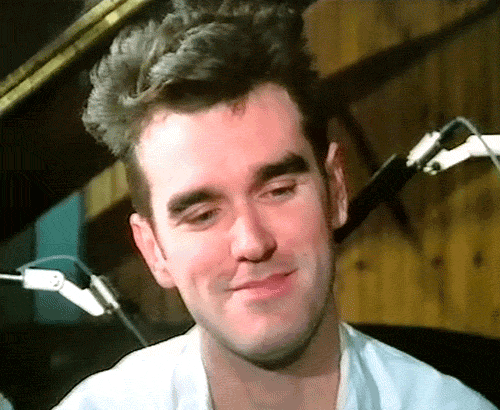In the beginning of the scene, the camera tracks forward to show
the environment the scene is being shot in. The landscape view is cut by the
mountain in the distance. This could symbolise that something bad happens near
or on that mountain as it’s blocking any further view. It then quickly cuts to
the soldiers, tracks backwards and focuses on a particular soldier’s expression
as he is scouring the surrounding environment. The camera keeps cutting
back and forth to track backwards and forwards to show that the soldiers are
becoming aware of their surroundings. A local man, who seems disorientated,
passes them by and all but one soldier takes any notice of him.
Following that scene, it cuts to deep in the rainforest, in the
marshes. This contrast shows how something so beautiful can turn to something
unappealing and somewhat restricting as they’re struggling to walk through the
marshes.
Continuing on from the previous scene in the marshes, the camera
cuts to 2 very colourful birds that symbolise the beauty of nature. These
soldiers have the potential to harm or disturb the birds which show that humans
and war can be disturbing nature as a whole.
The soldiers continue on to climb up a hill that symbolises the
metaphorical climb that comes with war and people involved.
Upon reaching the top, the camera focuses on a particular soldier
as the narration starts. The use of the camera focussing on him shows the
viewers that it’s him narrating without it making it obvious. The
narration continues, showing other soldier’s faces and the local man and his
facial expressions. The camera tilts down to the man’s feet to show that he has
no shoes which informs the viewer more of the lack of wealthiness of this
location.
Shortly after, there is a flashback to the narrator and his wife
to show the contrast of how simplistic and wonderful life is but when life is
faced with such hardships as war, it can be taken away. When filming his
wife, there are many times when camera starts with a profile view of her and
tilts down to show her entire body. This could imply a very sexualised view of
his wife.
Following this the soldiers bask into some long grass upon which
they discover two bodies. The camera is tracking forward in the point of view
of the soldiers to give the viewers a sense of reality and that this, or
something similar, really happened. There is a range of mixed emotions which is
clear amongst their facial expressions. There are two young soldiers who
seem to be strongly affected by what they’ve just seen. To express this, one
soldiers shields his eyes and the other has a horrific look upon his face and
turns away slightly. However there are 2, senior soldiers who seem to be barely
phased by what they’ve seen. This shows that they’ve seen this type of thing
before and see it as the norm.
The soldier who is narrating the scene gets very agitated from
seeing the bodies and becomes quite angry. He aggressively moves a branch
of long grass out of his way. The anger he expresses is open to interpretation,
it could be because they may have been able to save these dead soldiers or possibly
he knew them. Another possibility is that he may be extremely fed up of
being at war and is expressing his anger.
Throughout the entirety of these scenes, the pace is kept slow to
get across the idea of reality. There is minimal editing to also support
this idea.

No comments:
Post a Comment